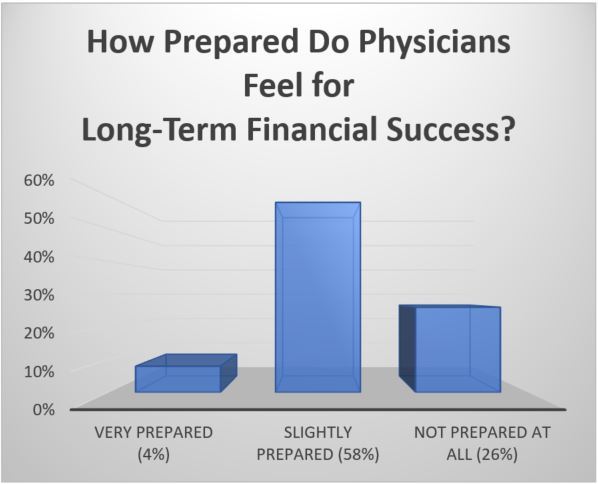Thousands of dermatologists recently descended upon San Diego for the 2018 AAD Annual Meeting. This conference provides attendees a chance to connect with colleagues, learn about clinical advancements, and discuss the state of their industry.
Preparing for change has been a common theme in the dermatology industry. This year, the AAD pointed to three issues that will impact the future of dermatology in 2018 and beyond.
MACRA
Despite MACRA being on the radar for several years, many dermatologists are still unprepared. In an effort to increase participation, the Centers for Medicare and Medicaid Services (CMS) issued what they touted as more flexible reporting rules for 2018. Still, anytime rules change, practices assume the burden of having to learn those new rules and ensure they are compliant. And, rest assured, additional changes are slated for 2019.
QualDerm’s dedicated IT staff proactively worked with our affiliated practices to begin collecting the necessary data well in advance of the initial MACRA deadline. This process involved developing and integrating dermatology-specific reporting categories into the practices’ electronic health records systems (EHRs). Each of the affiliated practices’ staffs were trained to properly capture the needed data and had access to QualDerm’s in-house IT help desk. From the start, these practices were on track to avoid penalties and earn Medicare Part B reimbursement bonuses. Further, the QualDerm team keeps a watchful eye on MACRA and other compliance issues to ensure that each affiliated practice is fully meeting all standards and is positioned for long-term financial success.
Patient Access
As with MACRA, patient access has been a hot topic in dermatology circles. Typically, these conversations center on wait times and physician recruiting issues. However, during the AAD conference, an additional aspect of patient access was discussed – the cost of care.
The severity of the above-mentioned patient access issues varies by region. For example, a 2017 survey by Merritt Hawkins reported the average wait time to get a new patient skin check was 78 days in Philadelphia, yet only 11 days in Miami. What’s more, geographic location can also impact the types of dermatology services needed. Case in point, skin cancer is more prevalent in Georgia than in Michigan, according to the Centers for Disease Control (CDC) data.
To address these and other issues that are influenced by regional needs, QualDerm has state-level Joint Operating Committees that serve our affiliated practices. These committees are made up of an equal number of physicians and business professionals. This helps ensure each of our 17 affiliated practices are best aligned to meet the unique needs of their patient populations.
Data
The need to collect data goes beyond MACRA. In an effort to control costs, payors are narrowing networks and tiering physicians. These tactics limit patients’ access to care, and in some cases exclude entire specialties from the networks. The decisions regarding who stays in network and, at what tier, is based quality and cost data. Therefore, it is imperative that dermatology practices capture good data.
QualDerm-affiliated practices’ EHRs are designed to capture dermatology-specific data points that can then be leveraged during payor contract negotiations. In fact, in North Carolina, QualDerm used this data to help secure a 7% reimbursement rate increase with the market’s largest payor. Additionally, QualDerm’s proprietary internal analytics reports allow physicians to better plan their workflows and track open patient charts and other metrics.
Learn more about how partnering with QualDerm can help you position your practice to successfully navigate industry changes.
Contact us to find out more about partnership opportunities or to discuss selling your practice.
